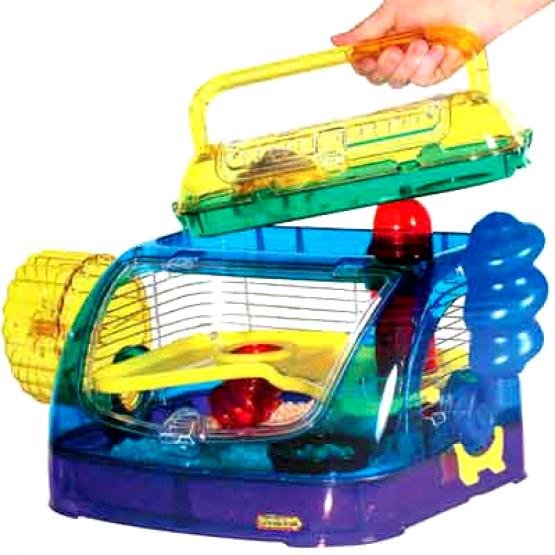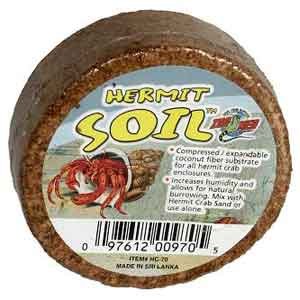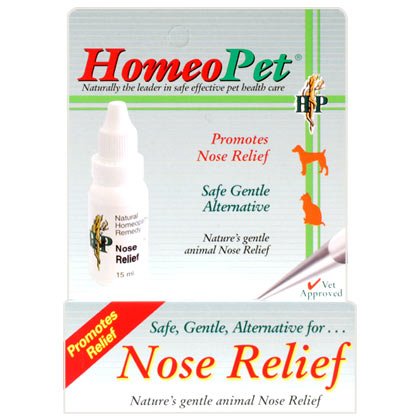Hamster Supplies for your Syrian Hamster

First and foremost, hamsters love to climb.
Hamsters love to climb the bars of their metal cages, and you can also buy toys or ladders like the Critter Universe Ladder that your hamster can climb on in or out of the cage. You can provide your hamster with fun by placing an empty towel paper tube from a roll inside the cage.
Your hamster will probably enjoy making tunnels with the towel paper roll tubes. Of course, buy more permanent tubes and tunnels in various lengths and shapes - the most popular brand being Critter Universe.
The nicest type bedding for your hamster home is wood shavings available in several varieties. Unscented natural pine, aspen, chlorophyll and cedar shavings will all work well for Syrian Hamsters. They are toxin-free and absorbent.
Some Syrian hamsters are sensitive to cedar shavings and could cause skin irritations on hamsters. Avoid bedding materials made of cotton cloth or other fluffy material, as the hamster may eat this, and it can't be broken down by the hamsters digestive system. It could also get tangled around your hamsters neck proving to be very dangerous.
In their natural habitat, hamsters like to dig burrows and sleep underground. In a cage, your hamster will feel better with a box or house they can use for a nest. This "house" can be made out of wood or ceramic, or even some types of hard plastic.
Give your pet hamster some tissue or straw to build a nest with. Avoid using shredded newspaper, because the ink may be harmful to your pet. Make the hamster cage as comfortable for your pet hamster as possible.
Most hamsters love sand. Hamsters are naturally from desert areas, and enjoy taking sand baths. Your hamster would enjoy it if you put a ceramic bowl full of clean sand in the cage.
Don't forget to keep your hamsters cage away from direct sunlight and cold drafts.
Don't forget to keep your hamsters cage away from direct sunlight and cold drafts.
Make sure to keep your hamsters cage out of the reach of other pets, such as dogs or cats or even rabbits!
Labels: Hamster Supply, Small Pet Care






